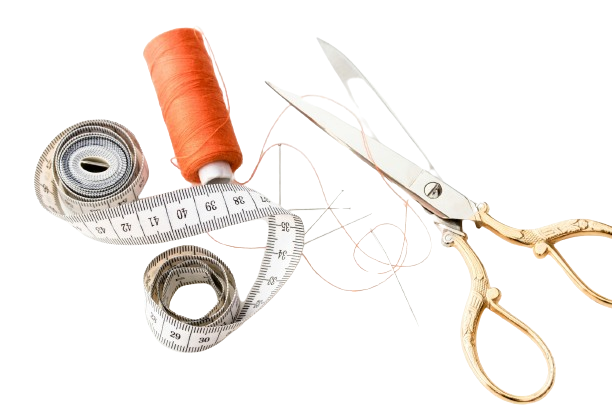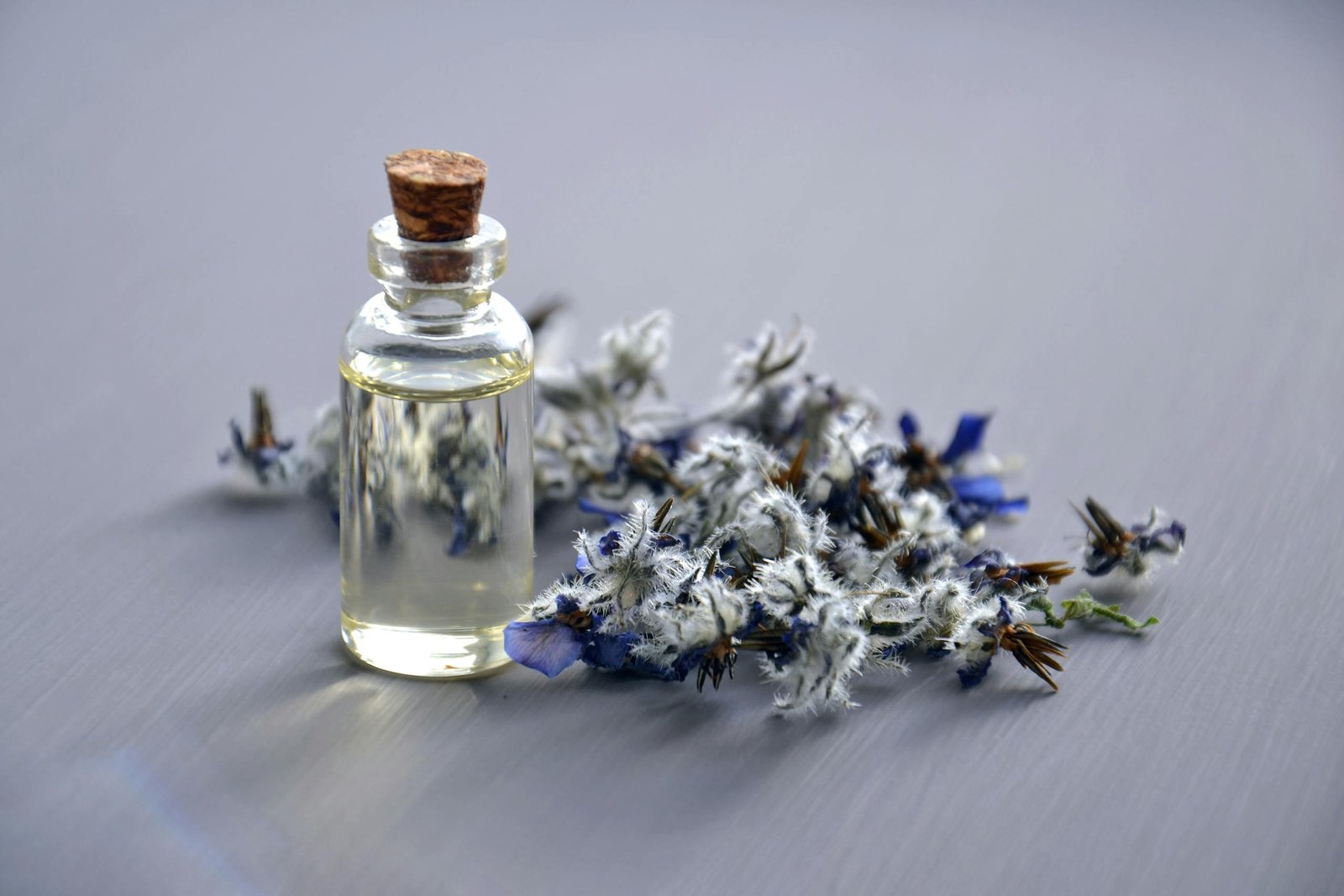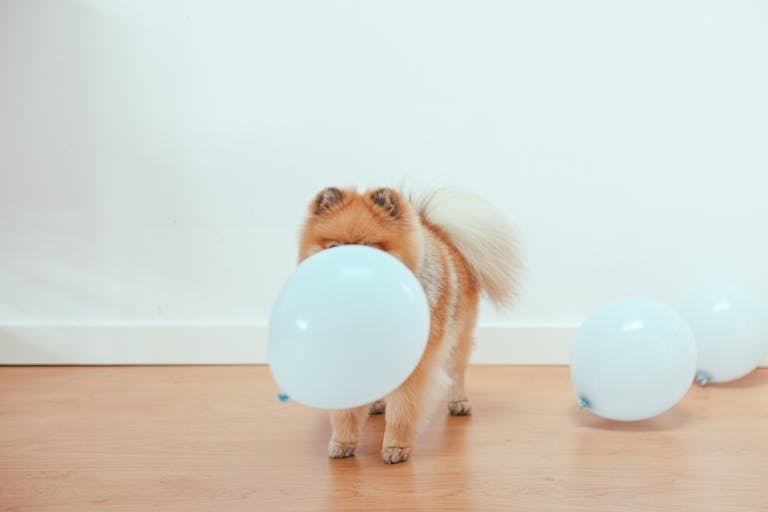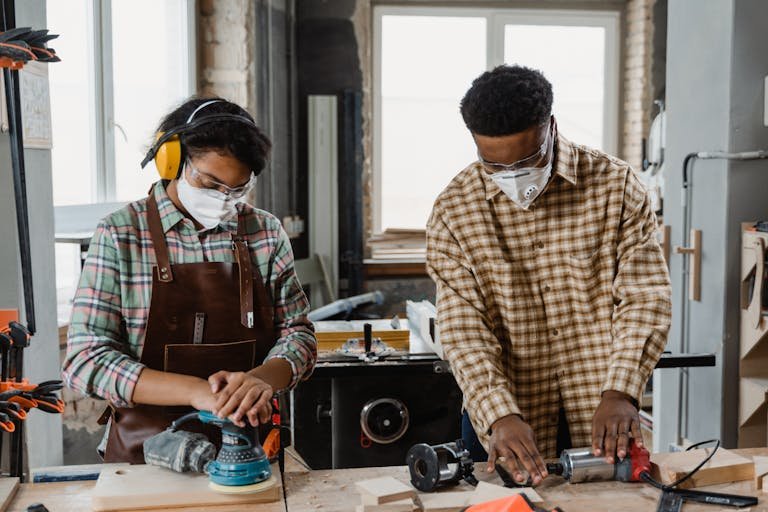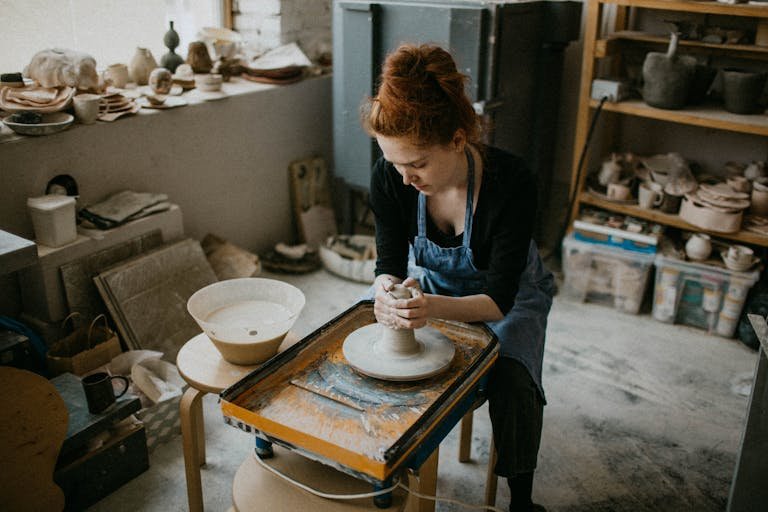DIY Candle Magic: Craft Your Perfect Fragrance Oil
Making your own fragrance oils for candles is a very remarkable and artistic way of determining the kind of scents that you want for your candles. Regardless if you are someone who does candle making just as a hobby or a future business magnate, knowing how to produce fragrance oil for candles can be worthy. This guide will walk you through everything you need to know, from the basics of fragrance oils to detailed methods of creating your own.
What is Fragrance Oils?
Fragrance oils are synthetic or natural oils which have been processed to release a good scent. While essential oils are generally extracted from plants, fragrance oils may include synthetic components, or a combination of essential oils and other chemicals. They can be found in candles, soaps, lotions, and other products meant for personal use as well as for cleaning.
Why Make Your Own Fragrance Oils?
- Customization: It allows users to concoct special mixtures according to individual tastes.
- Cost-Effective: Savings of money as compared to buying the ready-made ones in the market.
- Creative Control: Use variations in ingredients and concentrations in the solution.
- Quality Assurance: Make sure your fragrance oils are pure and odorless.
Ingredients and Equipment Needed
However, to start the methods it is imperative to acquire all the necessary raw materials and accessories.
Ingredients
- Carrier Oil: Its role is to act as a diluent for the fragrance. Some of the well-known choices are jojoba oil, fractionated coconut oil, and sweet almond oil.
- Essential Oils: Use natural perfumes. Ensure that you are using good quality and pure essential oils.
- Aroma Chemicals: More specific subcategories that contain chemicals whose addition brings variety to your mixtures. These are not compulsory but essential in cases where more refined blending is required.
- Fixatives: To help stabilize and prolong the freshness of the fragrance. Some of the examples include benzoin, labdanum, and orris root.
Equipment
- Glass Measuring Cups: These are employed to achieve high levels of accuracy when measuring liquids.
- Glass Stirring Rods: To combine materials or substances together in a good manner.
- Pipettes or Droppers: To obtain accurate volumes of essential oils and aroma chemicals for use in aromatherapy.
- Dark Glass Bottles: To accommodate the compound that constitutes the finished fragrance oil in a bid to minimize its exposure to light and air.
- Labels: To identify your blends and note the ingredients used.
- Scale: For taking measurements of solid fixatives and precision.
Method 1: Simple Blending
This method is ideal for beginners and involves blending essential oils with a carrier oil.
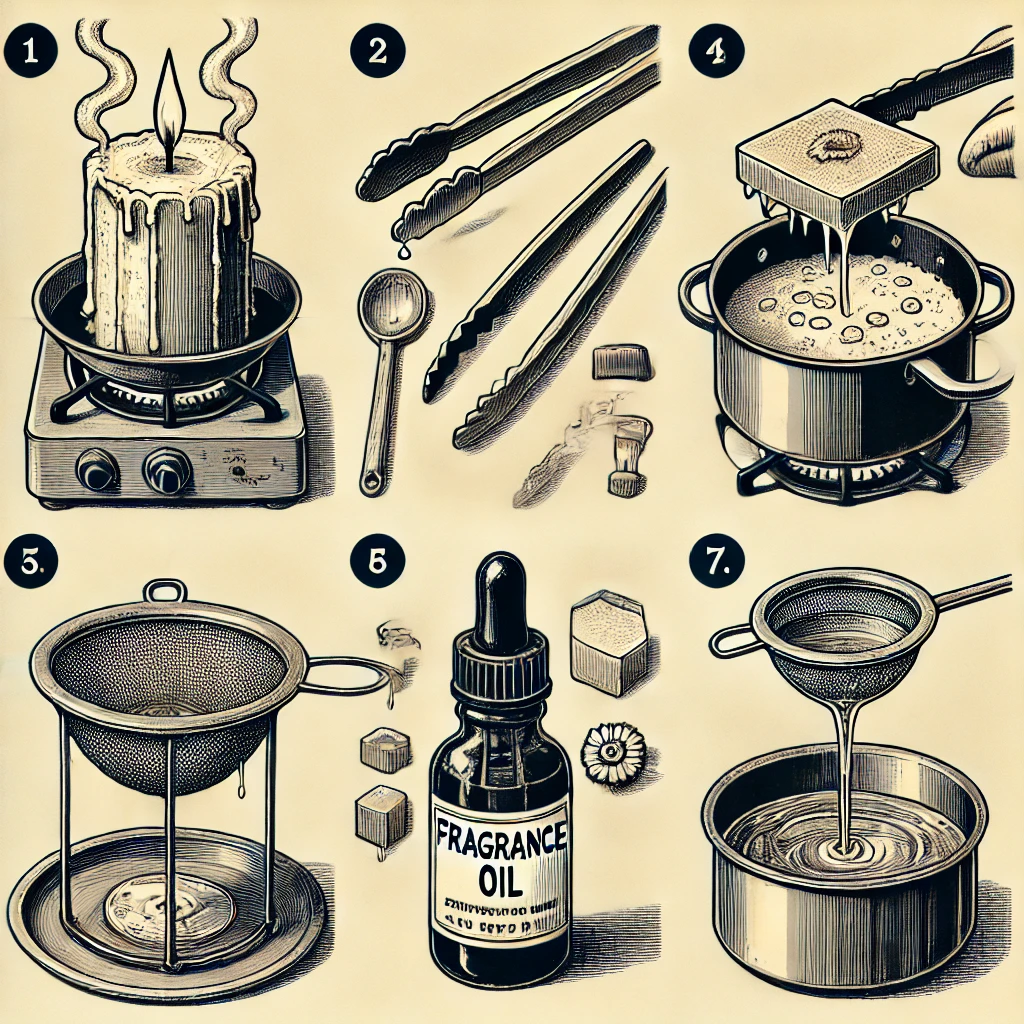
Step-by-Step Process
- Choose Your Carrier Oil
- Choose a carrier oil that has no scent or has a neutral scent such as Jojoba or fractionated coconut oil.
- Take a glass measuring cup and measure out the desired quantity of carrier oil to be used.
- Select Your Essential Oils
- Select an important oil depending on the scent word you wish to build.
- The ratio of the top, middle and base notes is 20%, 50% and 30% respectively for the best fragrance.
- Measure and Add Essential Oils
- Using pipettes or droppers, ensure that each essential oil is measured appropriately.
- Pour the base notes essential oil first into the carrier oil, followed by middle and finally the top note oils.
- Mix Thoroughly
- Use a glass stirring rod to stir the oils so that they can blend properly.
- Make sure that all the ingredients have been well incorporated into the mixture.
- Store Your Fragrance Oil
- Bottle this mixture in a dark glass container.
- Finally, decorate the bottle using a marker with the name of the blend and the date required.
- Curing
- Allow the fragrance oil to cure for at least 48 hours. This helps the scents meld together and develop fully.
Example Recipe
- Carrier Oil: 1 oz of jojoba oil
- Top Notes: 6 drops of lemon essential oil and 4 drops of peppermint essential oil
- Middle Notes: Lavender essential oil – 10 drops, rose essential oil – 5 drops.
- Base Notes: 8 drops of vanilla oil and 3 drops of sandalwood oil.
Method 2: Advanced Blending with Fixatives
This method is slightly more elaborate and requires the use of fixatives that help to preserve and extend the life cycle of the fragrance.
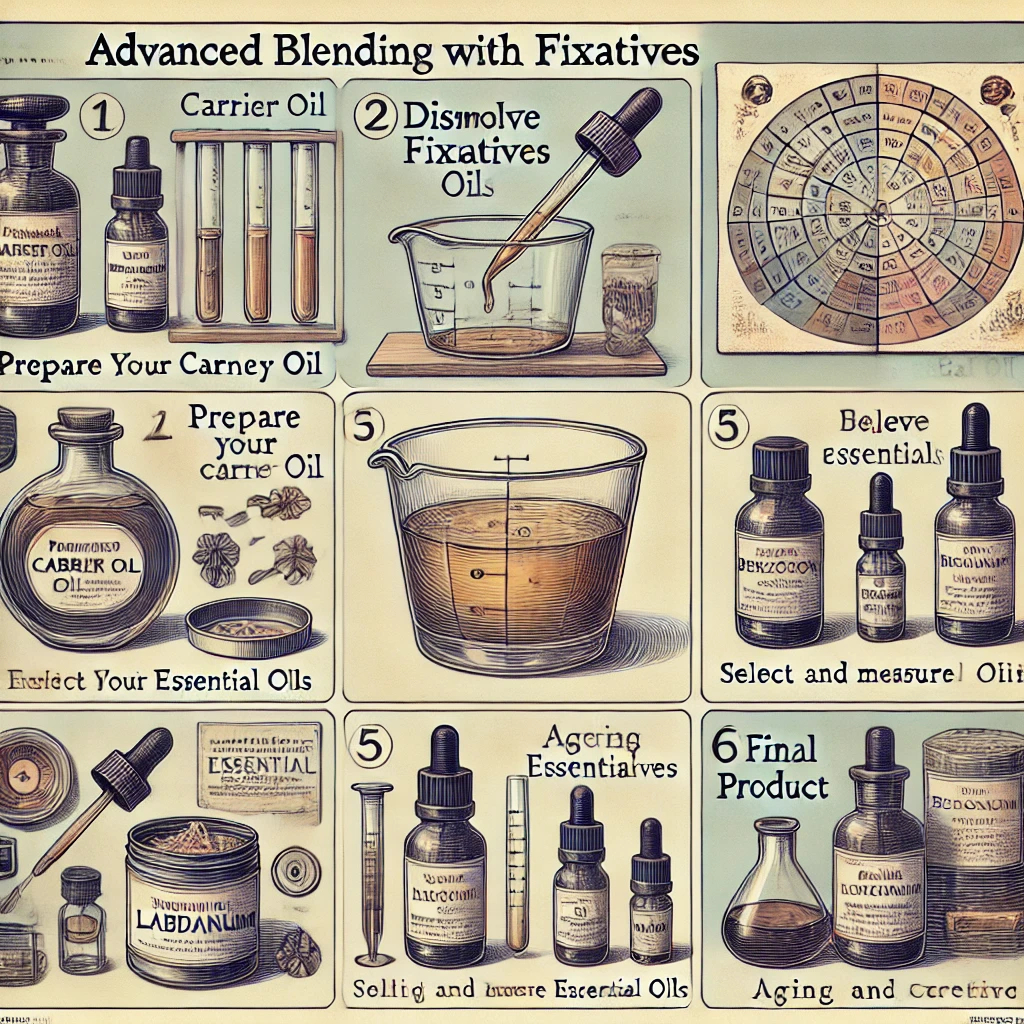
Step-by-Step Process
- Prepare Your Carrier Oil
- Measure out the carrier oil into a glass measuring cup.
- Dissolve Fixatives
- When using solid fixatives, you should first mix them with a small quantity of alcohol before mixing with the carrier oil.
- Benzoin and labdanum are among the most frequently used fixatives.
- Select and Measure Essential Oils and Aroma Chemicals
- Purchase and quantify Essential oils and Aroma chemicals
- Select a list of target essential oils and aroma chemicals.
- Blend the Ingredients
- Add the fixatives to the carrier oil first.
- Follow with the base notes, middle notes, and finally, the top notes.
- Stir thoroughly after each addition.
- Aging and Curing
- Bottle the mixture in a dark glass container.
- Allow to sit for several weeks, or until it reaches your desired flavor profile, giving the concoction a good shake every few days.
Tips for Success
Balancing Scents
- Begin with small portions to test or try out something.
- Maintain a record of blends and adjustments you make.
Safety Considerations
- Before applying the substance, first, do a patch test on skin to check for allergy on skin.
- Do not use cheap oils that may harm the skin by irritation; also avoid using oil with bad smell.
Experimentation
- Try combining unexpected scents for unique creations.
- Choose seasonal fragrances for your products; pumpkin spice scent for the fall or peppermint scent for winter.
Read Also: How to Tie a Slip Knot in Crochet
Final Words
The preparation of your own fragrance oils for candles is a very satisfying job that opens to a lot of opportunities for innovation. By following such simple procedures and making attempts in different experiments on the combination of oil you will be able to come up with a variety of scents that are useful in the candle making process. No matter if a gift or a newly-formed enterprise is involved, homemade fragrance oils are much more considerate as compared to standardized manufactured items.
